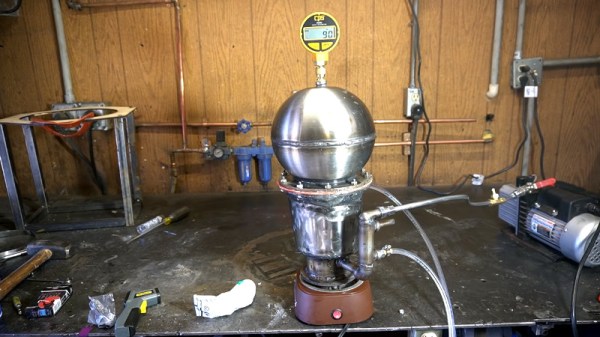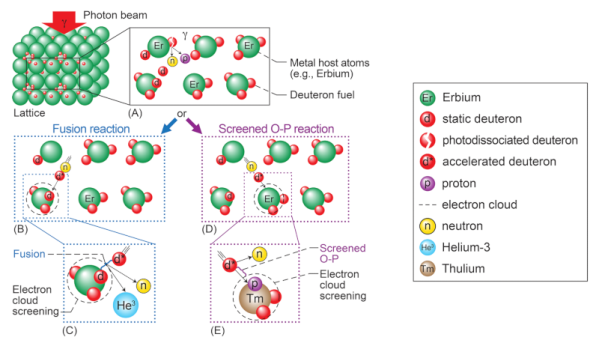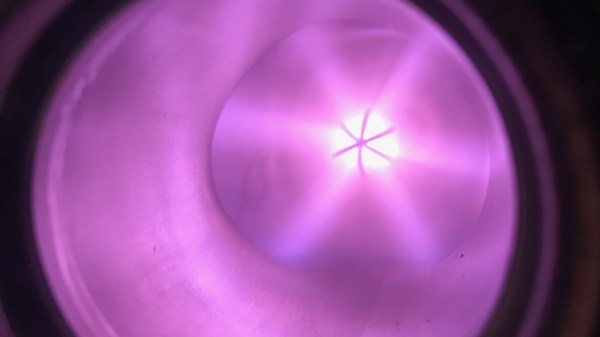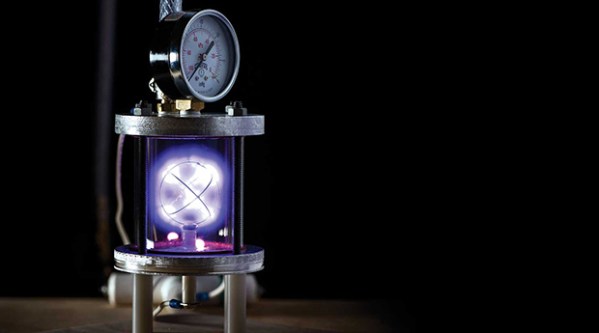Sometimes you spend so much time building and operating your nuclear fusor that you neglect the creature comforts, like a simple fusion control profile or a cellphone app to remote control the whole setup. No worries, [Nate Sales] has your back with his openreactor project, your one-click fusion solution!
An inertial electrostatic confinement (IEC) fusor is perhaps the easiest type of fusion for the home gamer, but that’s not the same thing as saying that building and running one is easy. It requires high vacuum, high voltage, and the controlled introduction of deuterium into the chamber. And because it’s real-deal fusion, it’s giving off neutrons, which means that you don’t want to be standing on the wrong side of the lead shielding. This is where remote control is paramount.
While this isn’t an automation problem that many people will be having, to put it lightly, it’s awesome that [Nate] shared his solution with us all. Sure, if you’re running a different turbo pump or flow controller, you might have some hacking to do, but at least you’ve got a start. And if you’re simply curious about fusion on a hobby scale, his repo is full of interesting details, from the inside.
And while this sounds far out, fusion at home is surprisingly attainable. Heck, if a 12-year old or even a YouTuber can do it, so can you! And now the software shouldn’t stand in your way.
Thanks [Anon] for the tip!



















